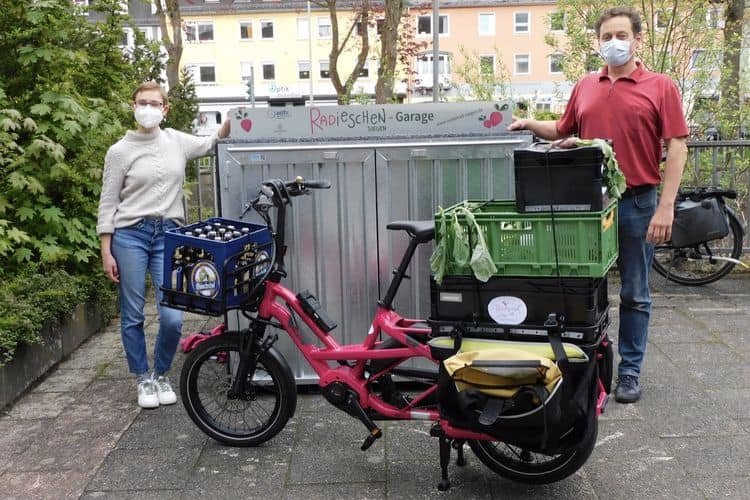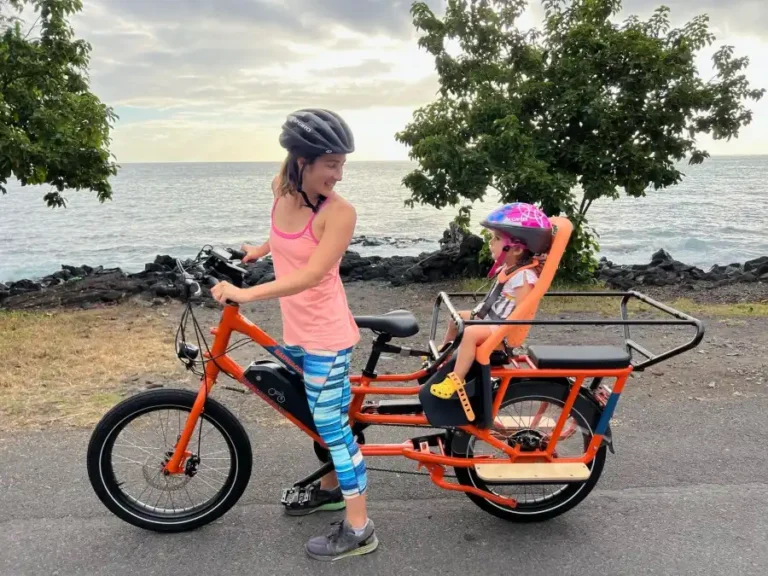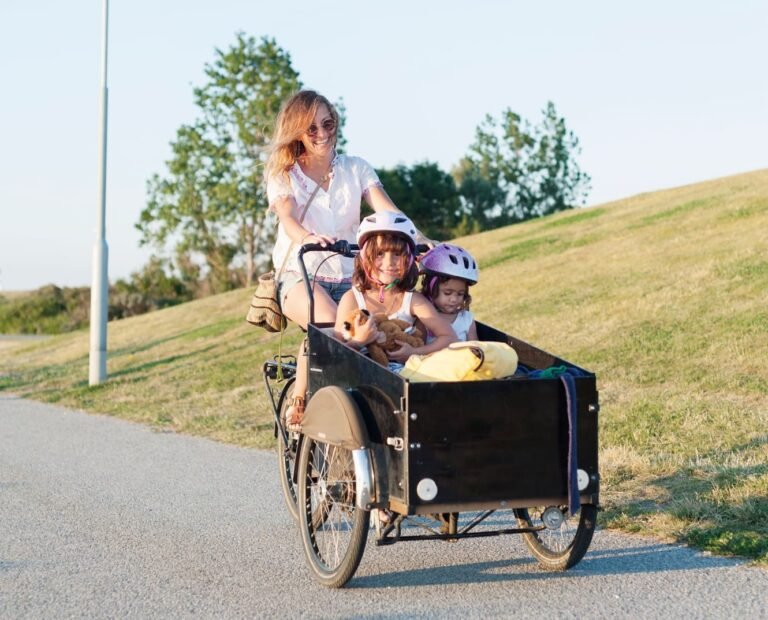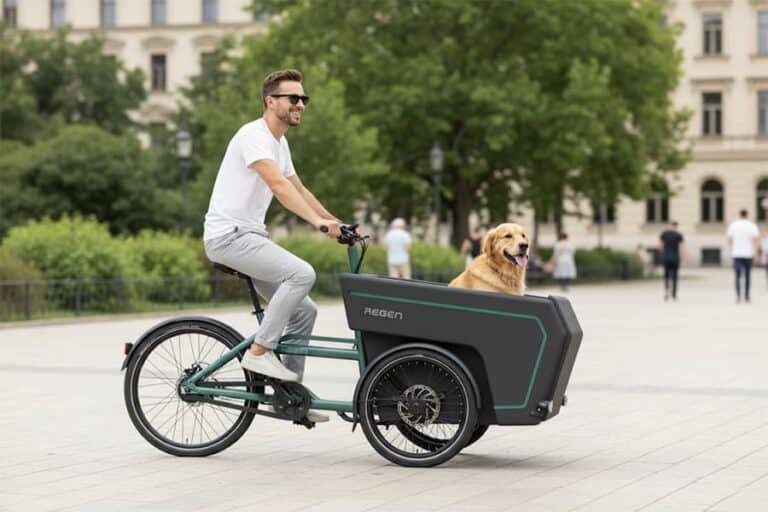At Regen, we design and build cargo bikes that aren’t just visually appealing but also engineered to survive the rigours of real-world use. Whether you’re hauling children to school, making urban deliveries, or commuting through all seasons, your bike’s frame finish plays a critical role in longevity, safety, and appearance.
Two coating technologies dominate the conversation in our industry: Powder Coating and ED Coating (Electrophoretic Deposition). Both are widely used in automotive and bicycle manufacturing—but which is better for cargo bikes?
In this article, we break down what each method is, where it excels, where it falls short, and what we at Regen actually use (and why).
Why Frame Coating Matters for Cargo Bikes
Cargo bikes are built to do more—and endure more—than regular bikes:
- They carry heavier loads
- Often remain outdoors or under covered parking
- Get exposed to rain, salt, dust, and grit
- Experience more frame stress and vibration
This means any weakness in paint adhesion or anti-corrosion protection will show up fast—flaking paint, rusted weld joints, or even internal corrosion that weakens the structure over time.
👉 For long-lasting protection, a surface treatment is not just for looks—it’s part of the frame’s engineering.
Learn more: Frame Strength: What Determines Durability?
What Is Powder Coating?
Powder coating is a dry finishing process where electrostatically charged powder (usually polyester or epoxy resin) is sprayed onto a metal surface. The part is then baked in a curing oven, where the powder melts and flows into a smooth, durable finish.
Technical Facts:
- Coating thickness: 60–120 μm
- Finish: matte, gloss, texture, metallic, or custom color
- Process time: typically 30–60 mins per frame
- Colour variety: nearly unlimited
Pros:
- Excellent surface protection from scratches and minor impacts
- Vibrant, customizable colours and textures
- UV- and weather-resistant with proper resin choice
- More eco-friendly than liquid paint (no VOCs or solvents)
Cons:
- Does not cover internal surfaces or tubing interiors
- Chipping from rocks or cargo wear can expose raw metal
- Needs perfect surface prep—otherwise, paint may peel
👉 If your bike frame lacks proper pre-coating treatment, powder coating alone won’t prevent rust from inside out—especially in hollow aluminum or steel tubes.
What Is ED Coating?
Also known as e-coating or electrophoretic deposition, ED coating involves submerging the frame in a bath of paint particles suspended in water. An electrical charge causes the paint to uniformly deposit across the entire surface—inside and out. It’s then baked to cure.
This process is widely used in the automotive and aerospace industries to coat complex, enclosed components with ultra-consistent protection.
Technical Facts:
- Coating thickness: 15–30 μm
- Colour: typically black, grey, or brown
- Ideal for corrosion resistance, not appearance
Pros:
- 100% coverage, including hard-to-reach areas and interiors
- Excellent adhesion to metal (including complex welds and bends)
- Resistant to humidity, chemicals, road salt, and fuel
- Can act as a primer for further coatings
Cons:
- Limited color choices
- Surface finish is plain—requires top coating for aesthetics
- Costlier facility setup (anodic/cathodic tanks, electrical systems)
ED coating is often used in frame manufacturing before powder coating, acting as a rust-resistant foundation.
Explore deeper: ED Coating: Protecting E‑Bike & Cargo Bike Frames for the Long Haul
Performance Comparison: Powder vs. ED Coating
Here’s how these two methods compare in the real-world performance of cargo bikes:
| Category | Powder Coating | ED Coating | Regen’s Dual System |
|---|---|---|---|
| Internal Protection | ❌ No | ✅ Yes | ✅✅ Full coverage |
| Impact Resistance | ✅ Thick & durable | ⚠️ Thin | ✅ Resilient + |
| ED base | |||
| Corrosion Resistance | ⚠️ Surface only | ✅ Outstanding | ✅✅ Extreme |
| Aesthetics | ✅ Custom finish | ⚠️ Basic | ✅ Premium look |
| Best Use Case | External protection & branding | Internal corrosion protection | Combination cargo e-bike use |
Real-World Scenario: Urban Family Cargo Bike
Let’s say you’re buying a Long John–style cargo bike to carry two children across the city every day. The bike may be parked outside at times, ridden through puddles, and subjected to regular bumps, road salt, and rain.
- With only powder coating, any small chip (from parking mishaps, curb impacts, or even cargo loading) can eventually expose raw metal, leading to rust.
- With only ED coating, your bike would be protected but lack the attractive finish and impact resistance needed for long-term aesthetics.
🔧 Tip: If you’re evaluating different bike brands, ask whether the internal frame tubes are treated. It’s a small detail that can double the lifespan of a bike.
Need help picking a frame style? Read: What Is a Long John Cargo Bike?
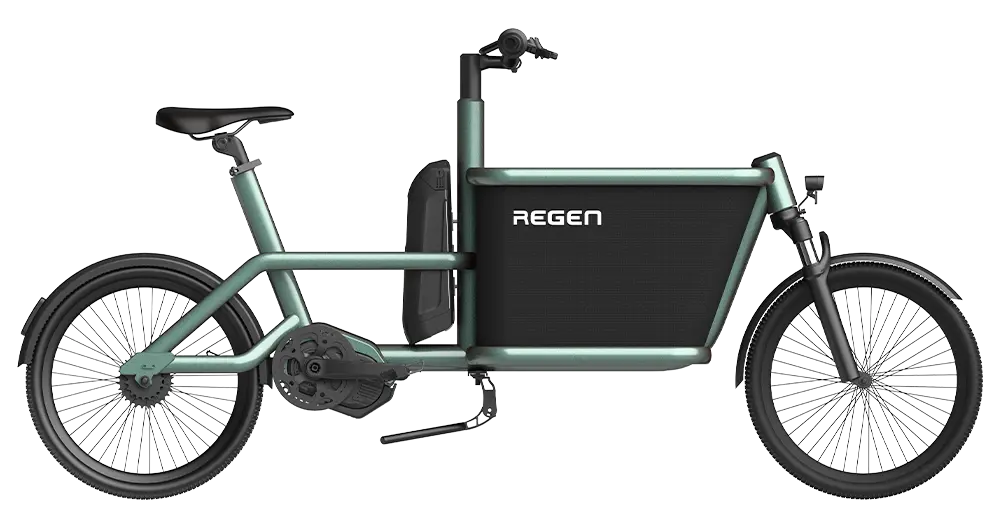
Regen 02 E-Cargo Bike
Look for a Compact, Customisable Front-Loader for Your Brand?
TÜV-tested through past custom projects. Publicly available model—configurable, proven, and ready to scale.
Why Regen Uses Both: Our Dual-Layer Approach
At Regen, we don’t believe in choosing between aesthetics and engineering.
We use a dual-layer coating system on all our aluminum cargo bike frames:
1. ED Coating Base Layer
Provides full-body coverage, inside and out—especially important for internal tubing, welds, and cutouts.
2. Powder Coating Top Layer
Applies colour, branding, UV protection, and outer shell durability (we use 100μm finishes for strength).
This approach ensures:
- >1,000 hours salt spray resistance
- Smooth surface without orange peel
- Longer frame lifespan with fewer cosmetic repairs
And it meets the latest EN 17860 cargo bike safety standard for corrosion and structural durability.
Buyer Tips: What to Ask When Choosing a Cargo Bike
Here are some smart questions to ask before buying:
1. What coating process is used?
If the manufacturer can’t answer or says “just powder coating,” ask what pretreatment is done underneath.
2. Is the inside of the frame treated?
This is especially critical for family and commercial use cargo bikes. Interior rust weakens the structure invisibly.
3. Is the paint layer thick enough?
Good powder coatings range from 80–120μm. Anything less may peel or chip too easily.
4. Has the coating passed salt spray tests?
500+ hours is decent. 1,000+ hours (like ours) is ideal for wet climates.
Learn More with Regen’s Related Guides:
- Frame Materials Comparison: Aluminum vs. Steel vs…
- Cargo Bike Safety Standard: EN 17860
- The Ultimate Cargo Bike Maintenance Guide for Urban Families
- Understanding Frame Geometry in Cargo Bikes
Final Thoughts: The Best Coating Is the Right Combination
There’s no one-size-fits-all when it comes to frame finishing. But in our experience, powder coating and ED coating serve different but equally important roles. At Regen, we use both, because our riders—families, couriers, fleet operators—need bikes that hold up year after year.
If you’re building a cargo bike brand or planning a fleet, let’s talk. We offer ODM and OEM support that includes custom colour matching, logo finishes, and frame testing—all backed by our corrosion-proof dual-coating process.
Curious about other aspects of cargo bike durability? Read:

